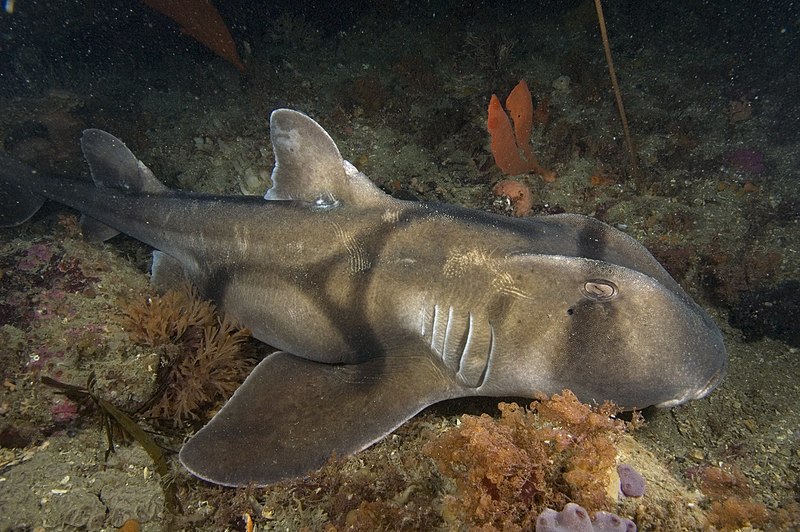Article: R. Albright, C. Langdon, and K. R. N. Anthony. Dynamics of seawater carbonate chemistry, production, and calcification of a coral reef flat, Central Great Barrier Reef. Biogeosciences 10, 7641-7676, 2013 DOI:10.5194/bgd-10-7641-2013
When compared to other ecosystems, such as terrestrial rain forests, coral reefs are one of the most productive ecosystems in the ocean. They provide great benefits to human beings, with services worth 172 billion dollars each year[1]. However, due to climate change, pollution, overfishing and ocean acidification, corals are likely to disappear in this century. While the rising temperature is a change that corals could slowly adapt to, the more acidic environment causes horrible and irreversible damage to corals and accelerates their vanishing.
Ocean acidification occurs as concentrations of atmospheric carbon dioxide increase, which in turn increases levels of carbon dioxide in the oceans. Surface ocean water absorbs around 30% of the CO2 emitted into the atmosphere each year, while it usually takes years to get the CO2 to sink down to the bottom sediments. Consequently, CO2 levels rise in ocean water and it drives the carbonate equilibrium to the more acidic side.
Calcifying organisms, such as corals, play an important role in the ocean carbon cycle. They are able to form a calcium carbonate skeleton for protection using the calcium and bicarbonate from the environment. There exists an equilibrium between the carbonate, bicarbonate and dissolved carbon dioxide in the seawater. This equilibrium becomes altered when there is more carbon dioxide dissolved in the water, resulting in a more acidic ocean water. Calcium carbonate then tends to dissociate and exist as calcium and bicarbonate ions.
 For a better understanding of the dynamics of seawater chemistry in a coral reef system, an interesting study occurred
For a better understanding of the dynamics of seawater chemistry in a coral reef system, an interesting study occurred
on the Davies Reef flat in the center of one of the most fascinating coral reef systems in the world, the Great Barrier Reef. Researchers used automatic samplers to collect discrete water sample at sites that were located both upstream of and downstream from the flat. The samplers collected discrete water samples every two hours for ten days, once during the austral summer and once during the austral winter. The net community production (NCP) [2] and net ecosystem calcification (NEC) were then estimated from the changes between up and down stream water chemistry.
 Regarding the overall carbon in the system, there are two major flows; the organic carbon metabolism (photosynthesis and respiration) and the inorganic carbon (calcification and dissolution). Net ecosystem calcification and net community production represent the system’s ability to calcify and photosynthesize respectively.
Regarding the overall carbon in the system, there are two major flows; the organic carbon metabolism (photosynthesis and respiration) and the inorganic carbon (calcification and dissolution). Net ecosystem calcification and net community production represent the system’s ability to calcify and photosynthesize respectively.
Results show there is a correlation between the rates of calcification and photosynthesis. This correlation exists both during summer and winter time. Because photosynthesis utilizes the uptake of dissolved carbon dioxide, it pushes the carbonate equilibrium towards the formation of calcium carbonate. This process helps corals build skeletons and make the reef grow taller.
Both NEC and NCP were found to increase during the daytime and decrease into the evening. NEC’s decrease indicates dissolution of calcium carbonate occurred at night. The corals’ skeletons partly disappear during this time. According to Silverman et al[4], a three-fold increase in nighttime dissolution rate over the past 40 years associated with climate change accounts for 44% of the reductions in net calcification.
From linear correlations between NEC and the calcifying equilibrium, the shift point of calcification and dissolution is found. Tendency to dissolve happens 29.6% of the time in summer and 14.1% of the time in winter.
This research provided a way to compare seawater carbonate chemistry parameters to in situ rates of reef calcification, which has a profound effect on enabling the prediction of global-scale changes to coral reef calcification.
Caoxin is a graduate student in the Graduate School of Oceanography at the University of Rhode Island. Her research interest lies in persistent organic pollutants in the environment. When she is not doing research she likes to create new cuisines.

